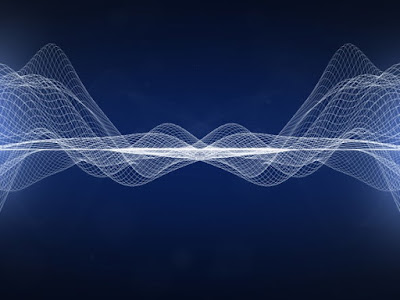Topics: Materials Science, Nanomaterials, Phonons, Quantum Computers, Quantum Mechanics, Superconductors
Argonne researchers have developed a cutting-edge technique to study atomic vibrations near material interfaces, opening doors to new quantum applications in computing and sensing.
Scientists are racing to develop new materials for quantum technologies in computing and sensing for ultraprecise measurements. For these future technologies to transition from the laboratory to real-world applications, a much deeper understanding is needed of the behavior near surfaces, especially those at interfaces between materials.
Scientists at the U.S. Department of Energy’s (DOE) Argonne National Laboratory have unveiled a new technique that could help advance the development of quantum technology. Their innovation, surface-sensitive spintronic terahertz spectroscopy (SSTS), provides an unprecedented look at how quantum materials behave at interfaces.
“This technique allows us to study surface phonons — the collective vibrations of atoms at a material’s surface or interface between materials,” said Zhaodong Chu, a postdoctoral researcher at Argonne and first author of the study. “Our findings reveal striking differences between surface phonons and those in the bulk material, opening new avenues for research and applications.”
In materials such as crystals, atoms form repeating patterns called lattices, which can vibrate in waves known as phonons. While much is understood about phonons in the bulk material, little is known about surface phonons — those occurring within nanometers of an interface. The team’s research reveals that surface phonons behave differently, enabling unique quantum behaviors such as interfacial superconductivity.
New nanoscale technique unlocks quantum material secrets, Joseph E. Harmon, Argonne National Laboratories
